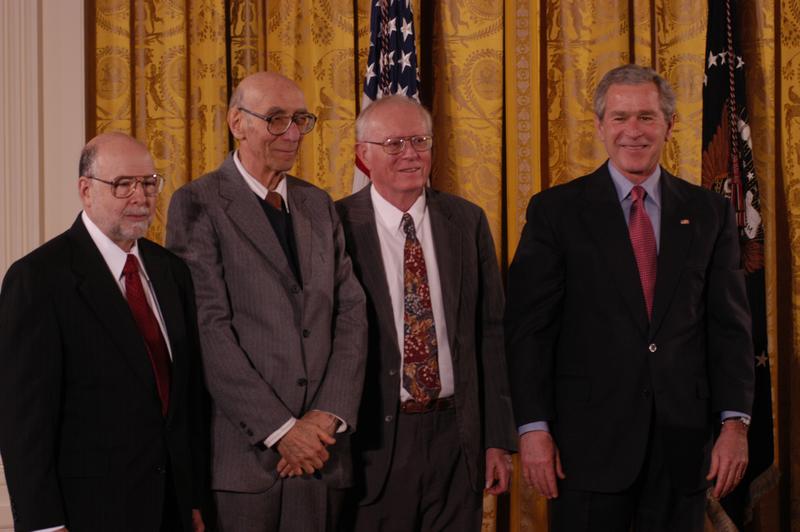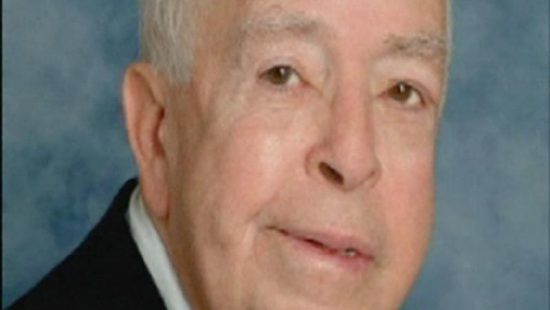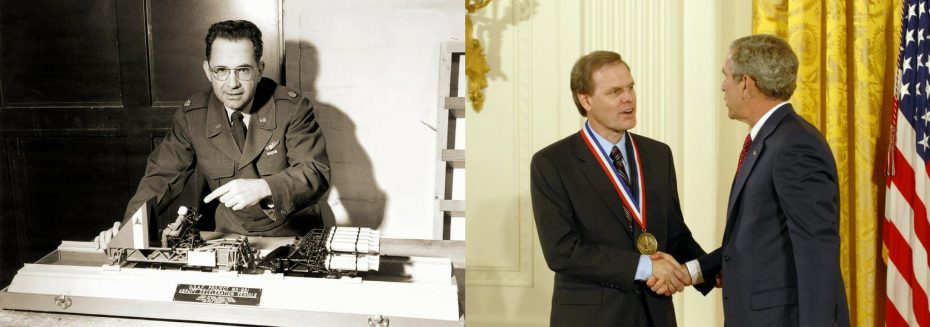With a single invention, Ronald M. Lewis has spared the environment more than three billion tons of pollutants.
Lewis, who was awarded the National Medal Technology and Innovation alongside scientists Rodney Bagley and Irwin Lachman, his colleagues at Corning Incorporated, co-invented the cellular ceramic substrate that enabled manufacturers to develop the first commercially mass-produced catalytic converter.
This technology, which transforms automobile exhaust pollutants into harmless emissions, can now be found in every manufactured vehicle, and it benefits the environment in two important ways. Not only does it reduce polluting emissions from the combustion process by 95 percent, but it also reduces lead pollution, since platinum, the catalyst they used in their invention, requires removing lead from gasoline as an additive.
A native of Manhattan, New York, Lewis earned his bachelor’s degree in geology from The City College of New York, before continuing his education at The Pennsylvania State University, where he completed his graduate studies in mineralogy and petrology.
In addition to his contributions at Corning, Lewis also held a National Science Foundation Fellowship, worked for Solid-State Materials Consulting and Ingersoll-Rand Inc., and served on the Energy Advisory Committee for U.S. Rep. Stanley N. Lundine. Along with his colleagues, he was awarded the International Ceramic Prize for his research, among other elite recognitions.





